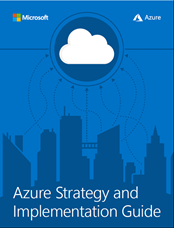vSphere Deployment is a 6 part series that will walk you through deploying and configuring the components of vSphere 6.5.
Part 1: vSphere Deployment: Deploying ESXi 6.5 to a Host
Part 2: vSphere Deployment: Deploying the vCenter Server Appliance 6.5
Part 3: vSphere Deployment: Configuring an HA Cluster in vCenter 6.5
Part 4: vSphere Deployment: Configuring Traditional Storage in vCenter 6.5
Part 5: vSphere Deployment: Configuring a Datastore Cluster in vCenter 6.5
Part 6: vSphere Deployment: Configuring vSphere Update Manager (VUM) in vCenter 6.5
For those unfamiliar, VMware ESXi is VMwares purpose-built, bare metal hypervisor that installs directly onto a physical server.
There are a few requirements when deploying ESXi 6.5:
- You’ll need a host compatible with vSphere 6.5 (compatibility guide available here).
- You’ll need the ESXi 6.5 ISO image (available here). I also recommend that you check out the vendor-specific (Dell EMC, HPE) ESXi builds if you want to avoid installing drivers, etc.
- You’ll want to keep the vSphere Installation and Setup – VMware vSphere 6.5 documentation handy.
- Ensure that all shared storage is disconnected from the host when installing ESXi.
Step 1: Deploy ESXi to a Physical Machine
Once you have …
